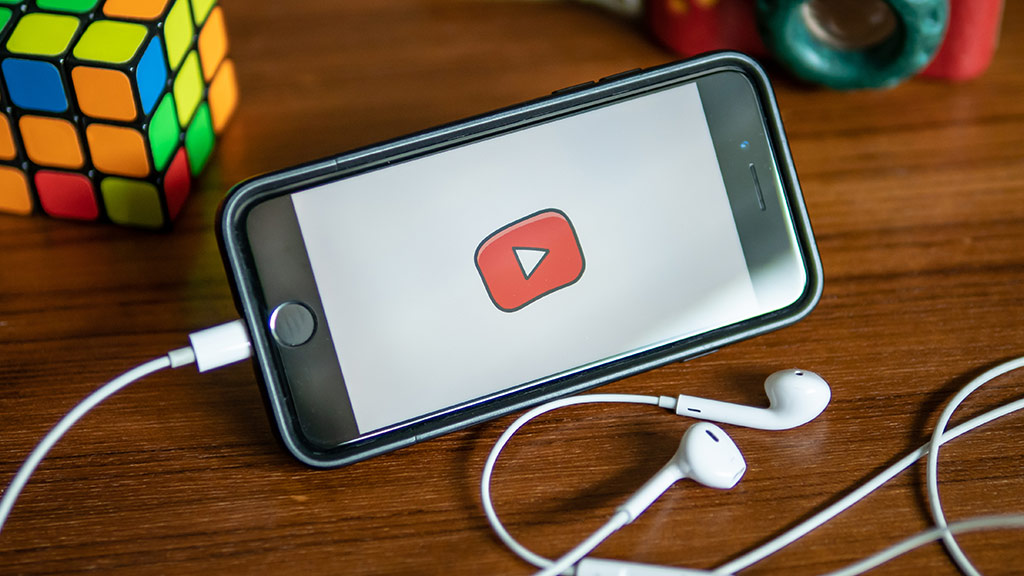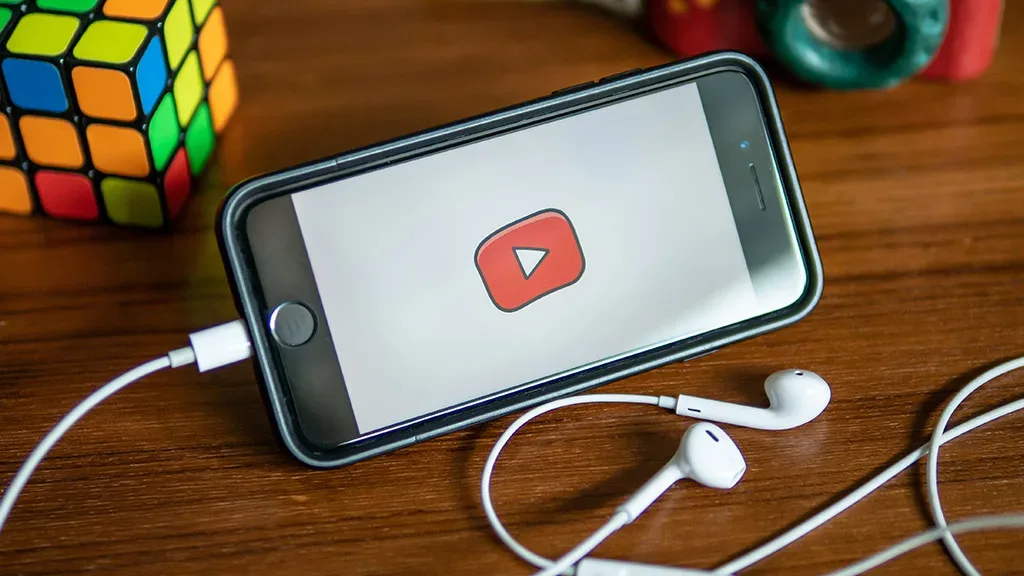
by MELISSA HUNTER, founder, Family Video Network
The time has come for what many toy-focused YouTube creators have feared.
In addition to requiring channels to mark their content as “Made for Kids” or “Not Made for Kids,” YouTube released new standards last July that are meant to help creators by providing more transparency into what the platform is looking for in terms of kids’ and family videos. The document outlining these standards, called “YouTube Best Practices for Kids and Family Content, A Guide to Creating Enriching, Engaging and Inspiring Content for Kids and Families,” includes guidance on a low-quality principle that labels content as heavily commercial or promotional. These videos are “primarily focused on purchasing products or promoting brands and logos (e.g., toys and food). It also includes content that is focused on excessive consumerism.” It is important to note that these standards apply only to content specifically marked as Made for Kids either by the video creators or YouTube.
As YouTube has become a huge promotional tool for toy brands, this new outlook on kids’ content is going to have a significant impact on marketing this year. YouTube has already started rolling out this policy and began notifying channels of their quality status at the end of last month. Channels that the platform deems to have an excessive amount of “heavily commercial or promotional content” will be given 30 days to either remove or modify the content in question, or lose the ability to run advertising on their channel. For many creators in the kids and family vertical, this will be financially catastrophic.
What does high-quality, toy-related content look like? The No. 1 detail is removing all focus on packaging and logos. Also, creators should not repeat the brand or toy name, and should avoid any mention of retail outlets where consumers can purchase the toys. High-quality content is story-driven and focuses on imagination, learning, inclusion, and good citizenship. It will never encourage kids to purchase or consume products or emphasize brand names and logos.
So, how do you make a promotional toy video without promoting the toy?
Using YouTube’s example of a fictional Megatrucks vehicle brand, the video could open with kids playing a pretend game about dragons and kittens in the park. Suddenly, the kids come upon litter in the park, and point out that littering is wrong. The kids decide to do something positive about it, so they grab their Megatrucks and become park cleanup superheroes.
The Megatruck is a background player in a larger, positive story. Through creative storytelling, creators can weave product features and brand names into the video in a more organic, less promotional way. Watch time on pretend play videos is significantly longer than it is on straight unboxing videos, and more time watching means more time seeing your product in action.
YouTube is not the only organization concerned about kids selling to kids on social media. In October, the Children’s Advertising Review Unit (CARU) updated its Self-Regulatory Guidelines for Children’s Advertising to include endorsements by influencers, noting, “Advertisers should recognize that the mere appearance of a celebrity, influencer, or authority figure with a product or service can significantly alter a child’s perception of the product or service.” Today’s YouTube creators are celebrities in kids’ eyes, so brands need to tread carefully as they continue to engage child influencers in their marketing initiatives.
Now would be a good time to reconsider your roster of influencers and identify the channels that make content that appeals to the whole family — and not just kids. Look for creators who feature both adults and kids together in their videos and are already telling compelling stories. As with all changes to YouTube’s machine learning, the rollout of this standard is likely to be bumpy. However, by the time the holiday season rolls around, both creators and brands will most certainly have adapted to the changes.
This article was originally published in the February 2022 edition of the Toy Book. Click here to read the full issue!


